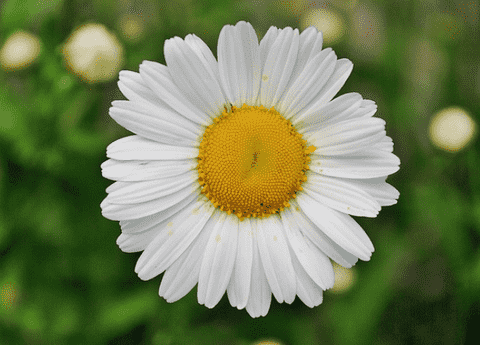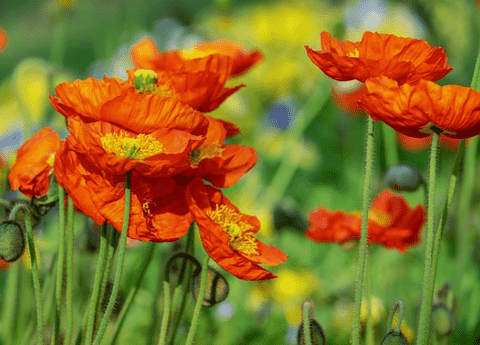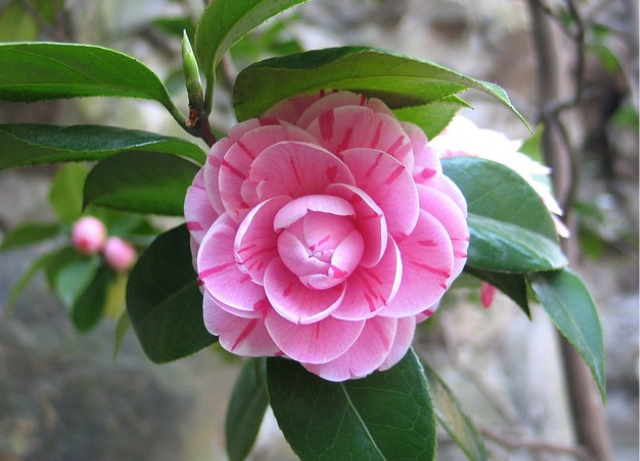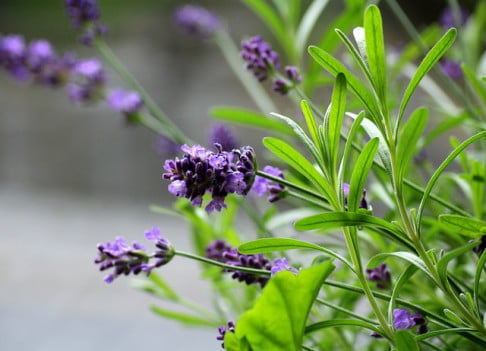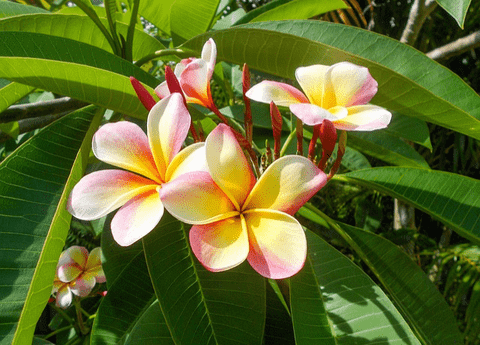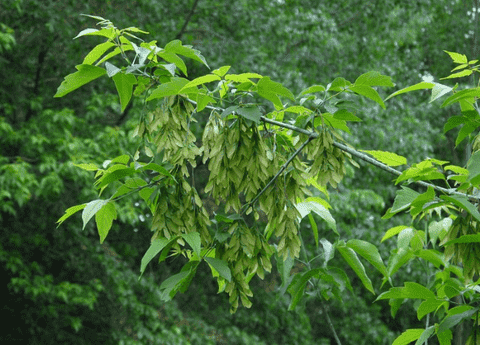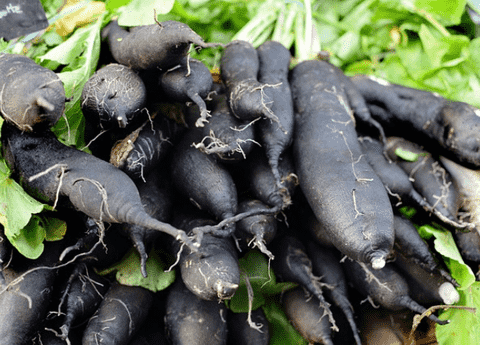Daisy Gardening: Everything You Need to Know for Beautiful Blooms
Table of Contents
Daisy gardening offers a delightful way to add cheerful and vibrant blooms to any garden space. These charming flowers, known for their classic white petals and sunny yellow centers, are not only easy to grow but also incredibly rewarding. Whether you’re a seasoned gardener or a beginner looking to cultivate your green thumb, understanding the basics of planting, nurturing, and caring for daisies is essential for achieving a flourishing garden. In this guide, we will delve into everything you need to know to grow healthy, beautiful daisies, from selecting the right varieties to mastering their care and maintenance. Join us as we explore the joys of daisy gardening and how you can create a stunning display in your own backyard.
Understanding Daisy Varieties
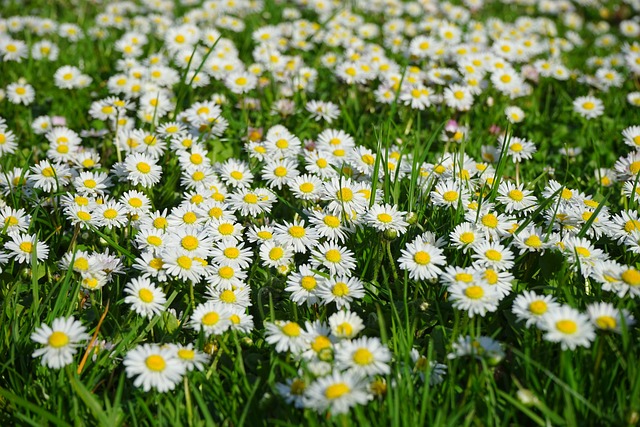
Popular Daisy Types
There are several popular types of daisies that you can consider for your garden, each with its unique charm and growth requirements. The Shasta Daisy is a favorite among gardeners due to its large, white blooms and long-lasting flowers. They can grow up to three feet tall and thrive in full sun. The Gerbera Daisy, known for its vibrant colors ranging from red to yellow, is another excellent choice, particularly for adding a splash of variety to your garden. African Daisies, or Osteospermum, offer a unique twist with their strikingly colored petals and ability to tolerate drought. Lastly, the English Daisy, featuring smaller blooms and a compact growth habit, is perfect for borders and containers. Understanding these types will help you choose the right daisy variety for your garden’s needs and aesthetic.
Choosing the Right Daisy
Selecting the right daisy variety for your garden depends on several factors, including your climate, soil type, and the overall design of your garden. Start by considering your local climate; Shasta Daisies, for example, thrive in USDA hardiness zones 5 through 9, while African Daisies are better suited for warmer climates. Soil type is also crucial; most daisies prefer well-drained soil with a pH between 6.0 and 7.0. If your soil is heavy clay, consider adding organic matter to enhance drainage. Additionally, think about the visual impact you aim to create. For a classic look, Shasta Daisies with their large white petals are ideal. If you desire more color, Gerbera Daisies offers vibrant hues that can brighten any garden space. By taking these factors into account, you’ll be better equipped to choose the perfect daisy variety for your garden.
Seasonal Considerations
When planning your daisy garden, it’s essential to consider the seasonal requirements of your chosen varieties. Most daisies are perennial, meaning they will return year after year if properly cared for. However, the timing of planting and bloom periods can vary. Shasta Daisies typically bloom from early summer to fall, providing an extended period of color. Plant them in the spring after the final frost to ensure they establish themselves properly. Gerbera Daisies, on the other hand, can be more sensitive to temperature changes. In cooler climates, they are often grown as annuals and should be planted after the danger of frost has passed. African Daisies thrive in warmer seasons and can be planted in late spring or early summer. Understanding these seasonal nuances will help you plan your garden effectively, ensuring that your daisies thrive and provide a vibrant display of Beautiful blooms throughout their growing season.
Planting and Growing Daisies
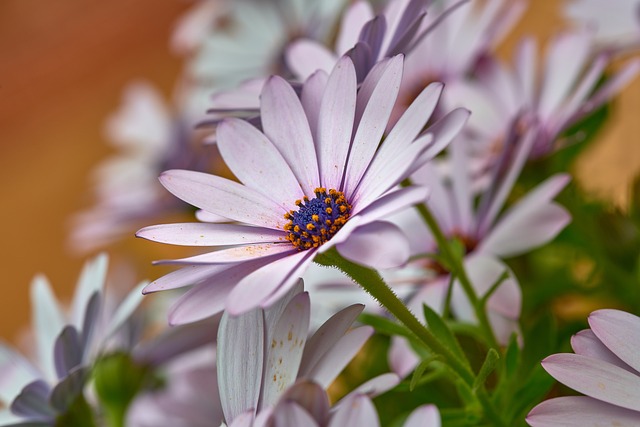
Soil Preparation Tips
Proper soil preparation is crucial for successfully growing healthy and vibrant daisies. Start by selecting a location with well-draining soil, as daisies do not thrive in waterlogged conditions. Conduct a soil test to determine the pH level, aiming for a range between 6.0 and 7.0. If your soil is too acidic, consider using lime to increase the pH level. For heavy clay soils, incorporate organic matter such as compost or well-rotted manure to improve drainage and soil structure. Loosen the soil to a depth of at least 12 inches to encourage root growth and ensure good aeration. Additionally, adding a balanced, slow-release fertilizer during soil preparation can provide essential nutrients that support vigorous growth. By taking these steps to prepare your soil, you’ll create an optimal environment for your daisies to flourish, resulting in beautiful and long-lasting blooms.
Watering and Sunlight Needs
Daisies are relatively low-maintenance, but meeting their watering and sunlight needs is vital for optimal growth. Most daisy varieties, including Shasta and Gerbera Daisies, prefer full sun, requiring at least six hours of direct sunlight daily. This exposure helps them produce abundant blooms and maintain robust health. In terms of watering, daisies enjoy consistent moisture, but they are susceptible to root rot if overwatered. Water your daisies deeply once a week, allowing the top inch of soil to dry out between waterings. During hot, dry spells, you may need to increase the frequency slightly, but always avoid waterlogged conditions. Mulching around the base of the plants can help retain soil moisture and regulate temperature, promoting healthier growth. By carefully managing sunlight and watering, you’ll ensure your daisies thrive, rewarding you with their cheerful, vibrant flowers.
Common Planting Mistakes
When planting daisies, it’s easy to make mistakes that can hinder their growth and bloom potential. One common error is planting daisies in poorly drained soil. Daisies need well-drained soil to prevent root rot, so avoid areas where water tends to pool. Another mistake is planting them too deeply. Ensure the crown of the plant is level with the soil surface to avoid stem rot. Insufficient sunlight is another frequent issue. Daisies require full sun to thrive, so planting them in shaded areas will result in fewer blooms and weaker plants. Overcrowding is also a problem; give each plant adequate space to grow by following spacing recommendations for your specific daisy variety. Lastly, neglecting to amend the soil can lead to nutrient deficiencies, so always enrich the planting area with compost or a balanced fertilizer. Avoiding these mistakes will set your daisies up for success, ensuring healthy plants and abundant blooms.
Caring for Your Daisy Garden
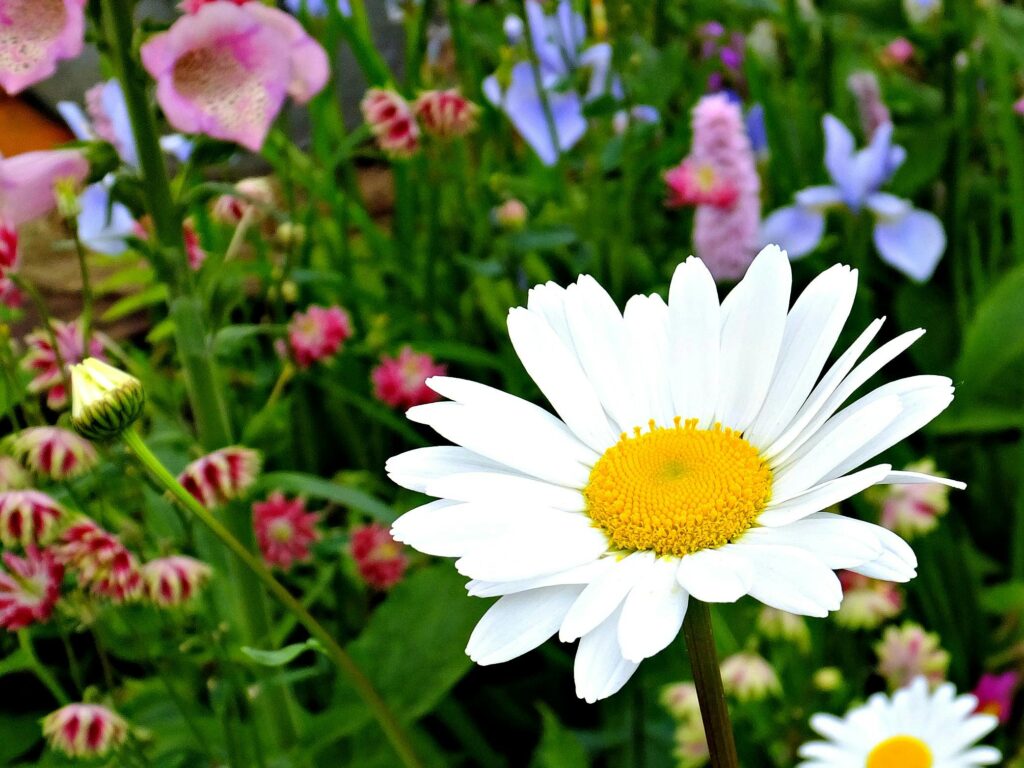
Pruning and Deadheading
Pruning and deadheading are essential practices for maintaining a healthy and vibrant daisy garden. Deadheading, or removing spent blooms, encourages the plant to produce more flowers by redirecting energy from seed production to new growth. Use sharp, clean scissors or pruners to snip off faded flowers just above the nearest set of healthy leaves. This practice not only enhances the appearance of your garden but also extends the blooming period. Pruning, on the other hand, involves cutting back the plant to promote bushier growth and remove any dead or diseased stems. For perennial daisies like Shasta Daisies, cutting back the foliage to a few inches above the ground in late fall helps the plant prepare for winter dormancy and encourages vigorous growth in the spring. By incorporating regular pruning and deadheading into your garden routine, you’ll ensure your daisies remain lush, healthy, and continuously blooming.
Pest and Disease Control
Maintaining a healthy daisy garden also involves managing pests and diseases that can affect your plants. Common pests include aphids, spider mites, and slugs, which can damage foliage and flowers. Regularly check your plants for signs of infestation, like discolored or misshapen leaves. You can control aphids and spider mites by spraying the affected areas with a mixture of water and mild soap. For slugs, consider using organic slug pellets or handpicking them during the evening when they are most active. Diseases like powdery mildew and root rot can also impact daisies. To prevent fungal diseases, ensure proper spacing between plants for good air circulation and water at the base of the plants to keep foliage dry. If you spot any diseased sections, remove them immediately to stop the spread. By staying vigilant and taking proactive measures, you’ll keep your daisy garden healthy and thriving.
Fertilizing for Optimal Growth
Fertilizing your daisies is key to promoting robust growth and abundant blooms. Start by incorporating a balanced, slow-release fertilizer into the soil at the time of planting to provide During the growing season, daisies benefit from additional feeding. Apply a balanced liquid fertilizer every 4-6 weeks, following the manufacturer’s instructions for dilution and application rates. Alternatively, you can use a granular fertilizer formulated for flowering plants. Avoid over-fertilizing, as it can result in lush foliage growth but fewer blooms. To further support your daisies, consider adding compost or well-rotted manure to the soil annually, which improves soil structure and fertility. By maintaining a consistent fertilization schedule, you ensure that your daisies receive the nutrients they need to thrive, resulting in healthier plants and more impressive flower displays.

